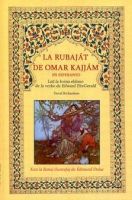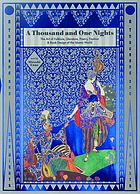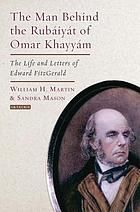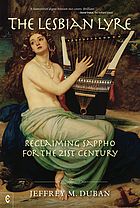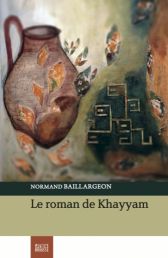The exquisite amateur. FitzGerald, the Rubáiyát, and queer dilettantism. Benjamin Hudson
Victorian Poetry 54 (2016) 2 (Summer), pp. 155-177.
Though both popular and critical appraisals of FitzGerald’s translation have pointed out his, or the poem’s, amateurism, no inquiry has considered how the text itself cultivates its own antiprofessional stance—how it, in other words, invites readers to “Make Game” of life. Although this point may seem to be self-evident in a poem dedicated to inebriate pleasure, it is nonetheless worth considering, and clearly establishing, in order to identify how this amateurism, complicates erotic readings of the poem while enriching current critiques of its antiteleological temporality and agnosticism.
